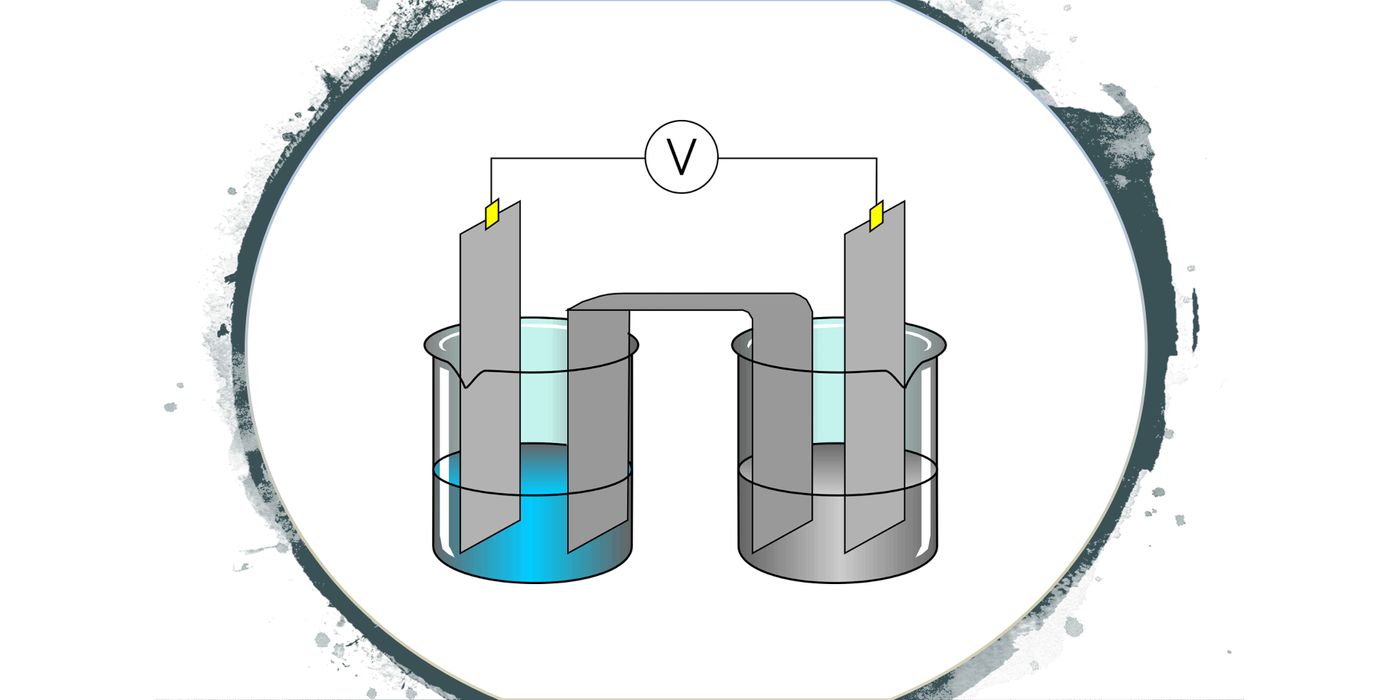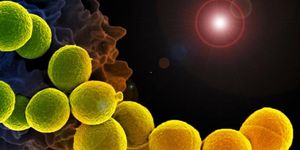Scientists Bolstered Water-based Hydrogen Production with a 10-Dollar Magnet
Hydrogen is dubbed the clean energy of the future because its consumption leads to no carbon emission but only water. But things are not always what they seem.
Currently, the majority (over 95%) of hydrogen is produced from fossil fuel such as methane or coal, by chemically stripping hydrogen out of hydrocarbon molecules.
In a recent study, a group of scientists at the Institute of Chemical Research of Catalonia (ICIQ) in Tarragona, Spain, achieved a significant increase of hydrogen yield using another common yet less adopted production method — electrolysis. The secret sauce in their success: a moderate size magnet worth only ten bucks.
Electrolysis is a method of using a direct electric current (DC) to generate hydrogen by splitting water. It only makes up less than 5% of the worldwide production because the technique is costly and less efficient.
In electrolysis, two DC-powered electrodes are placed in an aqueous solution of electrolytes. At the cathode, a reduction reaction takes place with electrons moving from the cathode to protons, making hydrogen gas in the process; meanwhile, at the anode, an oxidation reaction strips oxygen of their electrons and pass them to the anode to complete the circuit.
How Can Water Be Turned Into Fuel? (Seeker)
The Spanish researchers directed their focus on the oxygen-evolution reaction in the water-splitting process. They first coated their catalyst-embedded anode with magnetic material and place it next to a neodymium magnet. The moderate magnetic field (about 450 mT, 90 times strong than a fridge magnet) almost doubled the current density at the anode, thereby resulting in a two-fold increase of both oxygen and hydrogen gas.
So how does the magnetic field boost hydrogen production? The researchers suggest that the reaction sped up due to the magnet's ability to align electron spins within the anode and the spin state of oxygen bound to its surface. In a layman's analogy, you are more likely to hitch a ride with a friend when both of you are traveling in the same direction.
The Spanish group hopes that their breakthrough, once scaled up, can make hydrogen electrolysis much less expensive and more efficient. The new method should entice hydrogen producers to adope the greener electrolysis process, making hydrogen a truely clean energy source.
This study is published in the journal Nature Energy.
Source: C&EN









